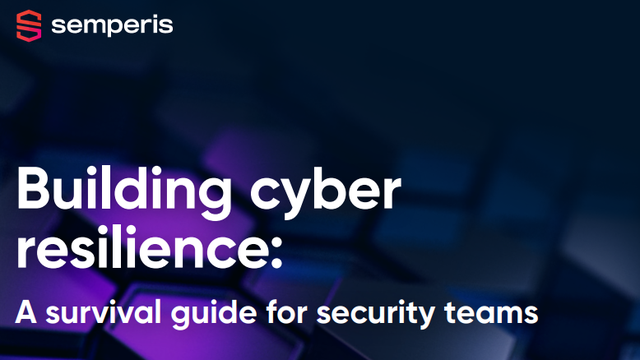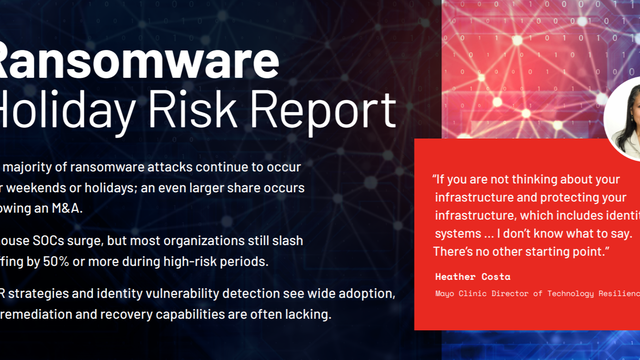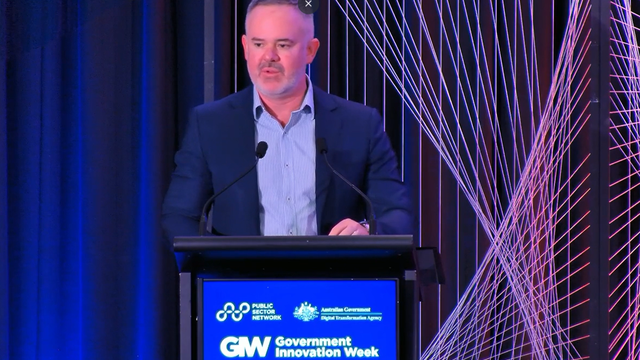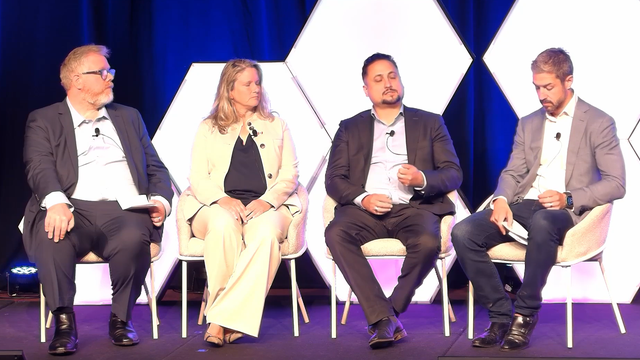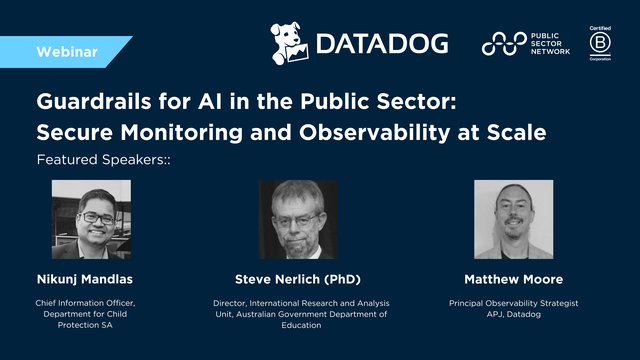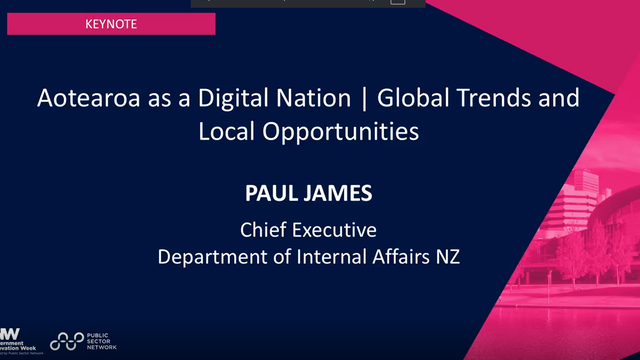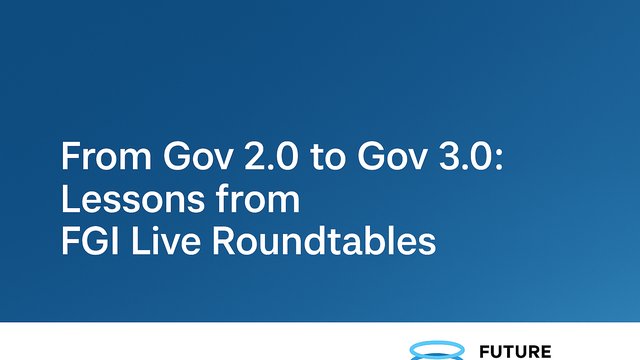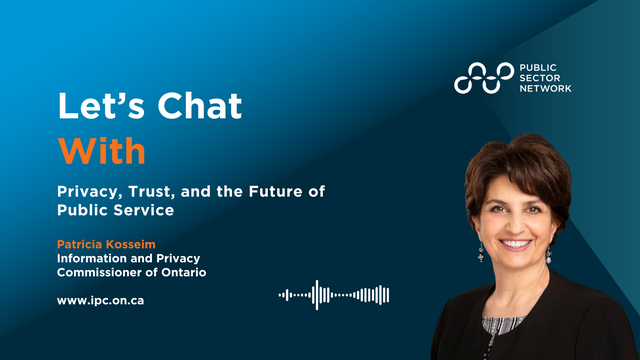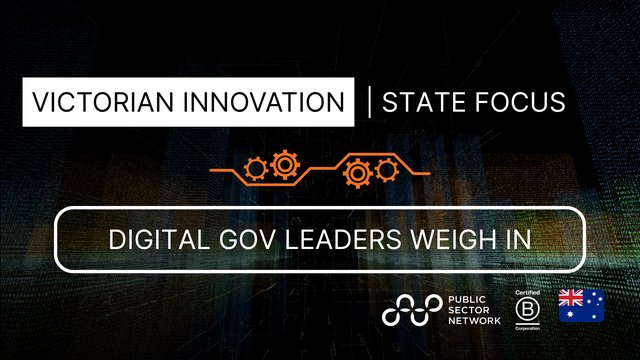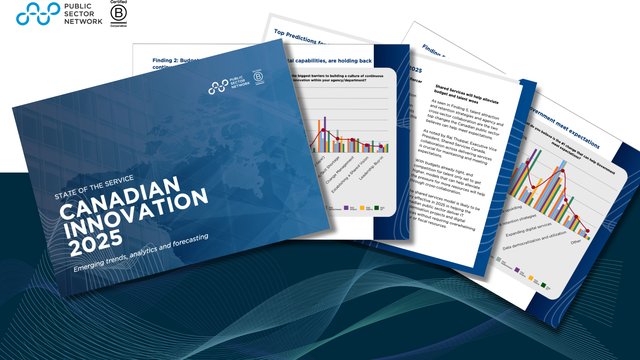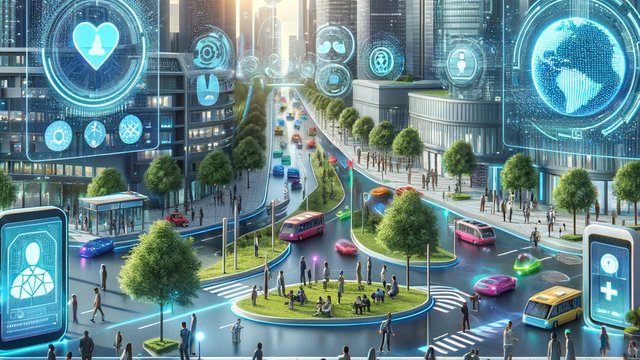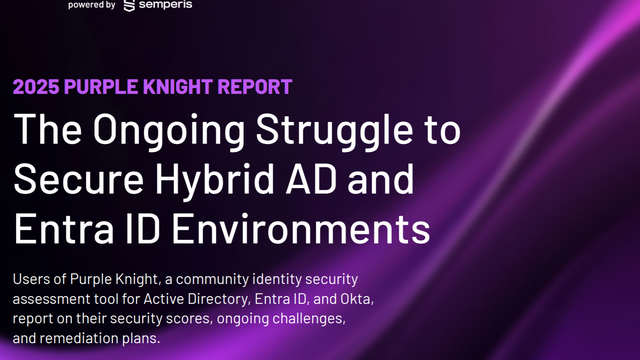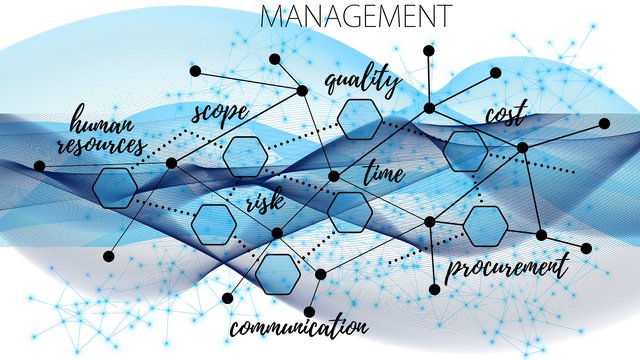
Government agencies are under increasing pressure to modernize aging IT systems while maintaining security, improving efficiency, and enhancing citizen services. At a recent panel discussion, "IT Modernization and Stabilization: Building a Future-Ready Government Infrastructure," technology leaders from across California's public sector shared their insights:
Jennifer Chan, Assistant Chief at California Justice Information Services (Department of Justice), brought her 14+ years of state government experience and private sector consulting background
David Noronha, Chief Information Officer at the California Department of Insurance, offered perspective from his work modernizing consumer-facing systems
Stephenson Loveson, CIO of CalPERS, shared how the massive pension system is transforming member services
Brent Cox, Principal Strategic Architect for Elastic's public sector practice, provided vendor-side expertise on scalable solutions
Moderated by Shaw-chin Chiu, IBM's Managing Client Partner for the State of California, the discussion covered overcoming challenges, leveraging emerging technologies, and preparing workforces for the digital future. Here's what they had to say.
The State of IT Modernization: Challenges and Opportunities
Legacy Systems vs. Rising Expectations
David Noronha, CIO of the California Department of Insurance, kicked off the discussion by addressing the tension between outdated systems and modern demands.
"A 2018 study found that 80% of government IT budgets go toward maintaining legacy systems, leaving little room for innovation."
Many agencies still rely on mainframes, custom-built applications, and outdated infrastructure, while citizens expect seamless, always-available digital services—akin to private-sector experiences.
The solution? Incremental modernization. Rather than massive, risky overhauls, agencies are adopting cloud computing, AI, and SaaS solutions in phases.
Critical Success Factors for Modernization
Jennifer Chan, Assistant Chief at California Justice Information Services, stressed that change management is just as crucial as technology.
"Modernization fails when there’s a lack of stakeholder buy-in. You need strong governance, clear communication, and alignment with business goals."
Her advice for mitigating risks:
Engage end-users early to ensure solutions meet real needs.
Maintain transparency with business partners to build trust.
Prioritize organizational change management alongside technical upgrades.
How Cloud and AI Are Transforming Government Services
Citizen Engagement in the Digital Age
Stephenson Loveson, CIO of CalPERS, highlighted how cloud and AI are revolutionizing service delivery.
"Two years ago, adding a chatbot to a government website was cutting-edge. Today, citizens expect AI-driven, personalized interactions—just like they get from banks and retailers."
He emphasized that modernization isn’t just about upgrading servers—it’s about reimagining services to meet rising expectations.
Balancing Innovation and Budget Constraints
Brent Cox, a Principal Strategic Architect at Elastic, noted that agencies must do more with less.
"Before chasing new tech, agencies should optimize what they already have. A ‘blueprint’ approach—mapping existing systems and maximizing their value—can stretch budgets further."
His recommendations:
Audit current systems before investing in new ones.
Leverage AI and automation to streamline operations.
Adopt modular upgrades rather than costly full replacements.
Preparing the Workforce for the Future
Upskilling for AI and Cloud Adoption
Loveson shared how CalPERS is investing in its workforce through hands-on learning:
"We launched the ITSP Academy, where employees work on real-world use cases. Letting them experiment—and even fail safely—fuels innovation."
Key strategies for workforce development:
Blend traditional training with applied learning.
Foster a culture of psychological safety to encourage experimentation.
Partner with vendors to provide cutting-edge tools and training.
Security vs. Innovation: Striking the Right Balance
Managing Risk Without Stifling Progress
Jennifer Chan closed the discussion with a critical point: Security can’t be an afterthought.
"If you build trust with business leaders, they’ll listen when you explain security risks. But you also have to give them the freedom to make informed decisions."
Her approach:
Present risks transparently—let stakeholders weigh pros and cons.
Align security with business objectives—don’t treat it as a roadblock.
Maintain credibility by delivering on promises.
The Path Forward
The panelists agreed that successful modernization requires more than just technology—it demands:
- Strong leadership and governance
- Citizen-centric service design
- Strategic adoption of AI and cloud
- Investment in workforce skills
- A balanced approach to security
As Stephenson Loveson aptly put it:
"Cloud and AI are just tools—the real goal is better, faster, and more equitable services for the public."
For California’s agencies, the future lies in collaboration, incremental progress, and a relentless focus on delivering value to citizens.
While this article distills the main takeaways from the Government Innovation Showcase California panel, the full session contains even more valuable insights. Click here to watch the complete discussion.




